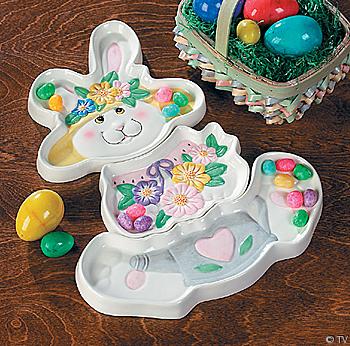We are buying a different home and upon inspection the inspector found a rust spot on the outside of the gas hot water heater tank. It was caused from the pressure relief tube touching the outside of the tank.
Also it looks like there has been some leaking from the pressure relief valve as well.
He called it "superficial" in the report but that didn't make me feel any better about it. It is in the basement and we are putting brand new carpet down there so the last thing i need is a leak.
I am going to ask to have it replaced but don't think the homeowner will because it is a deal where they are broke. How concerned should i be?
Also i should mention that the water heater is original to the house when it was built in 2001. So it would be around 8 yrs old.
Also it looks like there has been some leaking from the pressure relief valve as well.
He called it "superficial" in the report but that didn't make me feel any better about it. It is in the basement and we are putting brand new carpet down there so the last thing i need is a leak.
I am going to ask to have it replaced but don't think the homeowner will because it is a deal where they are broke. How concerned should i be?
Also i should mention that the water heater is original to the house when it was built in 2001. So it would be around 8 yrs old.


